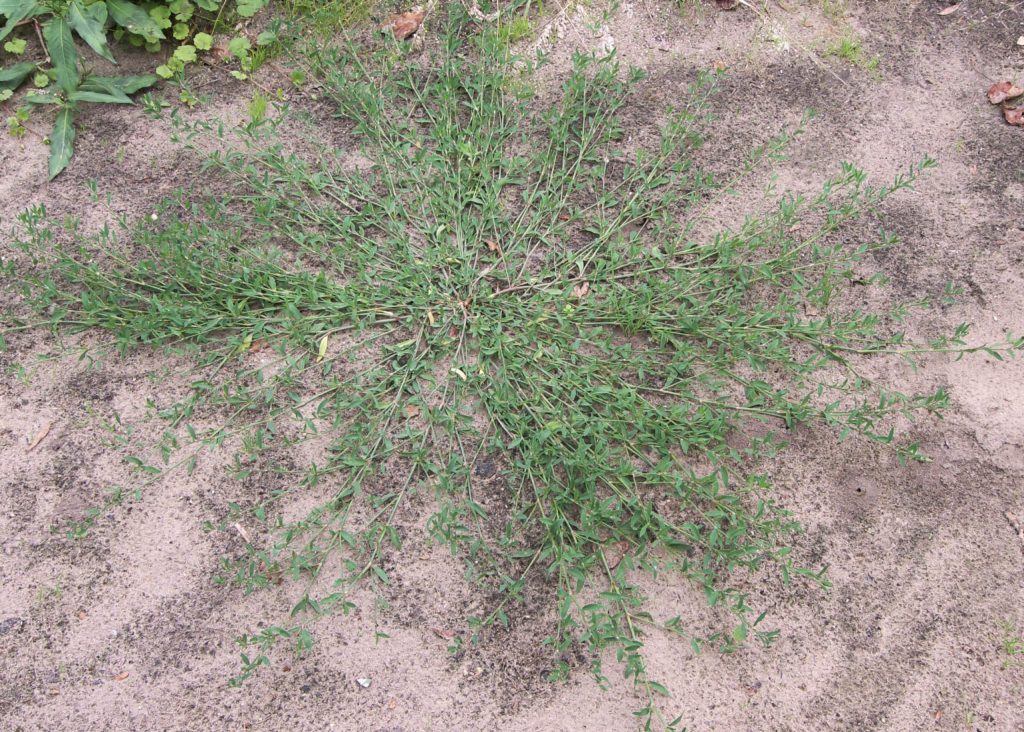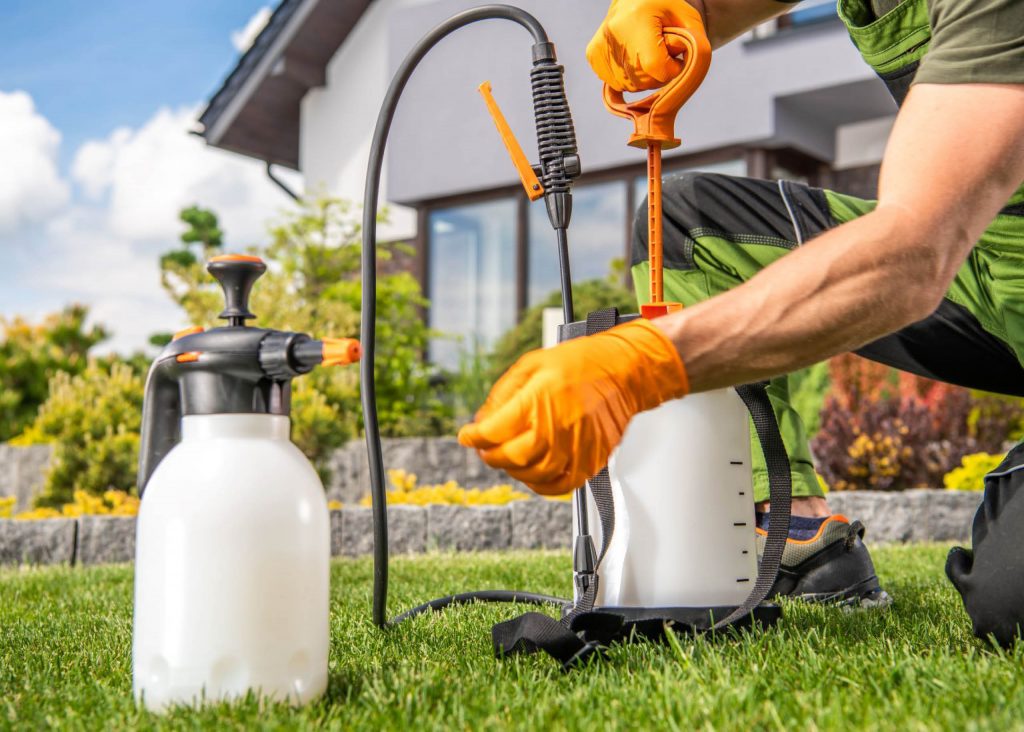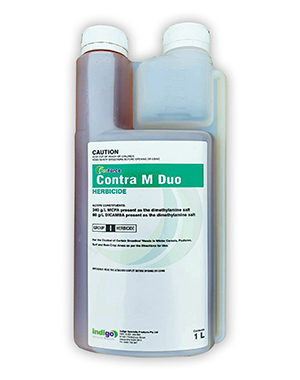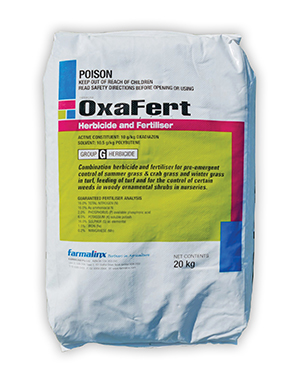How to Get Rid of Wild Turnip in Your Lawn
Wild Turnip (Raphanus raphanistrum) may also be known as Wild Radish, and is closely related to cultivated radishes and cabbages. However, unlike the vegetables it goes to ...

 Wireweed (Polygonum aviculare) is a hairless, sprawling annual plant regarded as an environmental weed in New South Wales, Victoria and South Australia.
Wireweed (Polygonum aviculare) is a hairless, sprawling annual plant regarded as an environmental weed in New South Wales, Victoria and South Australia.
It is a serious weed of crops, pastures, disturbed sites and waste areas, and invades native vegetation in temperate zones.
Common names include Bird Grass, Hog Weed, Knot Grass, Mat Grass, Pink Weed and Stone Grass.
Very young plants can look like fine grass, but they grow quickly, developing a strong, fibrous tap root and overgrowing surrounding vegetation.
Wireweed has small blue-green oval leaves along dark green-purplish stems that can grow up to 1.2m long.
It can hibernate during winter and flowers mainly in autumn and spring, producing clusters of tiny pink-tinged white flowers.
 Mowing will do little to control Wireweed because the entire plant, including the flowers and seeds, grows below the optimum mowing heights for most lawn types.
Mowing will do little to control Wireweed because the entire plant, including the flowers and seeds, grows below the optimum mowing heights for most lawn types.
In fact, the tough wiry stems can become tangled in mowers and other garden tools.
Depending on the size of the infestation and the age of the plants, there are two main methods of control: manual and chemical.
Small plants can usually be pulled up by hand after watering when the soil is still moist, taking care to remove as much of the tap root as possible.
If that’s not practical, there are several herbicides that will do the job.
The best time of year for spraying Wireweed is when both weeds and turf are actively growing.
Glyphosate can be effective on Wireweed, but as a non-selective herbicide it will poison everything it touches, including the lawn. It’s best reserved for careful application to weeds on driveways, paths, bare soil or around patios and in garden beds.
Selective herbicides are less dangerous to your lawn.
Before using any herbicide, check product labels to make sure they’re suitable for the type of grass you have and follow the instructions and safety directions.
Always wait a few days after spraying before watering or mowing.

Indigo ProForce Contra M 1L is a Group I liquid herbicide suitable for control of Wireweed in Zoysia, Kikuyu and Couch grasses. It is not suitable for Buffalo lawns.
SHOP NOWIf Wireweed has been a problem in previous years, using a weed and feed product, such as Oxafert, in autumn can help nip it in the bud and stop a new generation of weed seeds from germinating.

As well as nitrogen, phosphorus and potassium, Oxafert contains the active ingredient Oxadiazon for pre-emergent control of Wireweed in warm season turf grass lawns, such as Zoysia, Kikuyu, Couch and Buffalo.
SHOP NOWA healthy, dense lawn is the best defence against all weeds, regardless of the type of grass you have.
A solid maintenance program will go a long way to helping your lawn resist intrusion by Wireweed, which thrives in poor soil and neglected lawns.
Make sure your lawn care program includes regular:
The Ultimate Turf Maintenance and Lawn Care Guide have lots of useful tips and you can browse the myhomeTURF online store for a range of leading lawn care products.